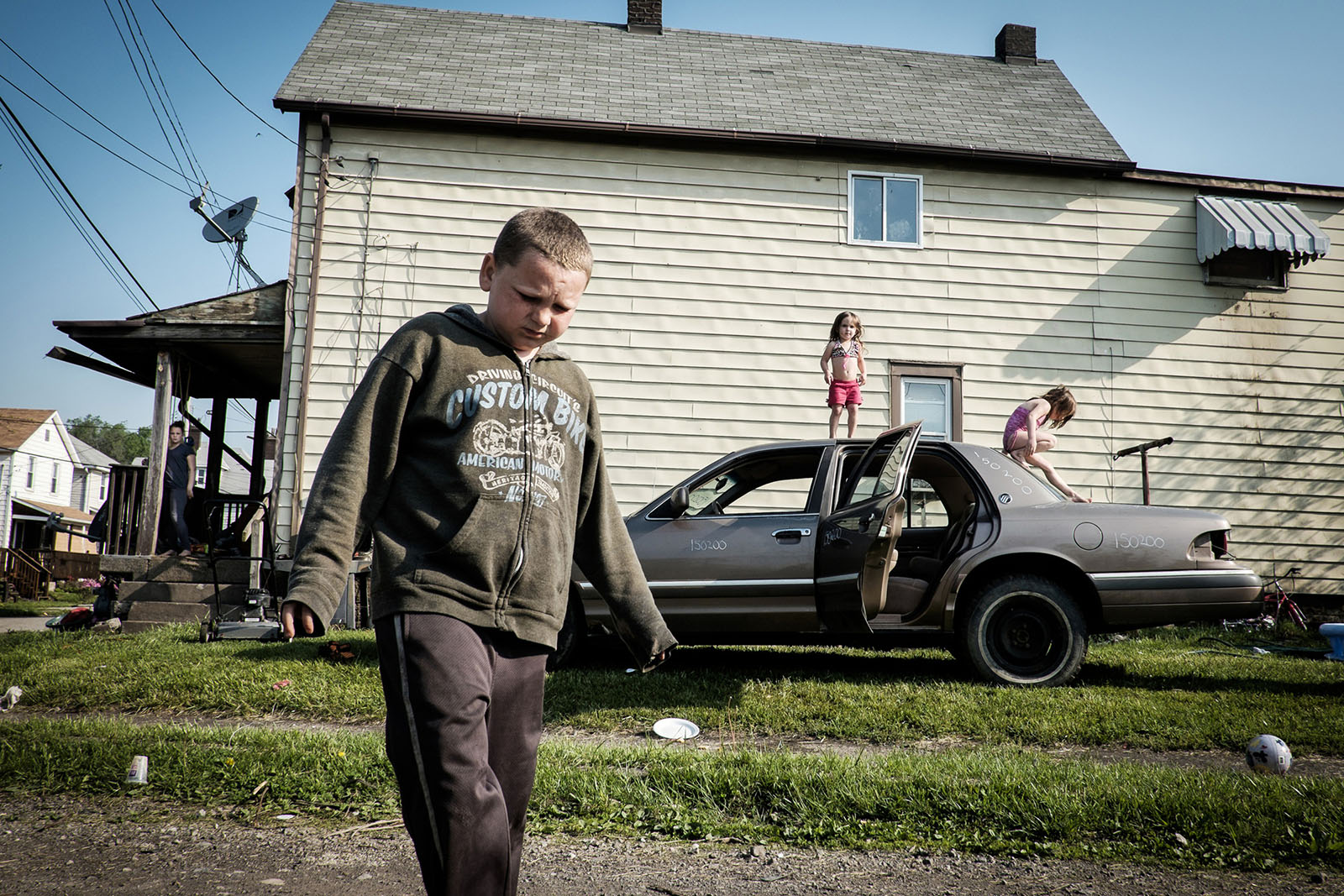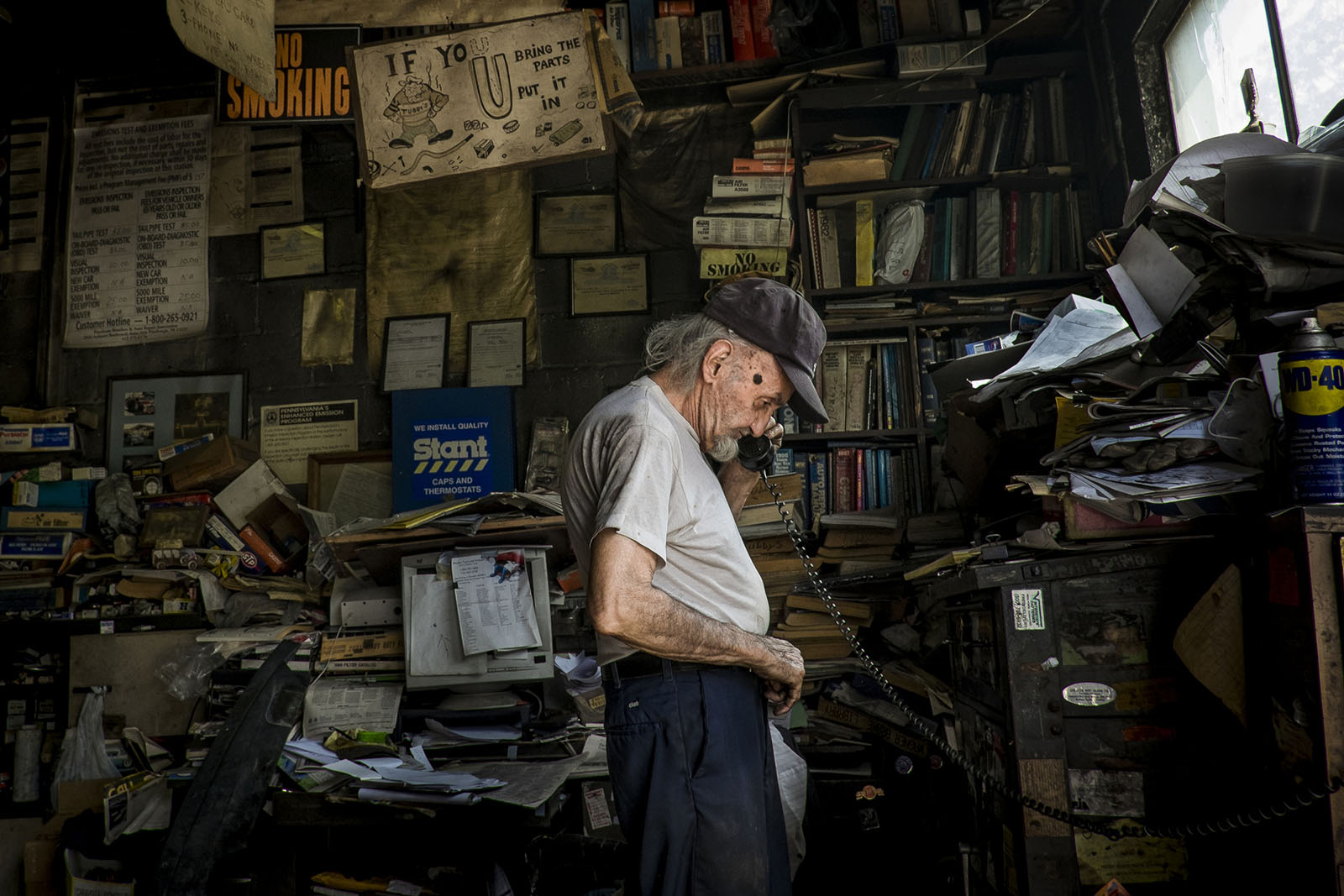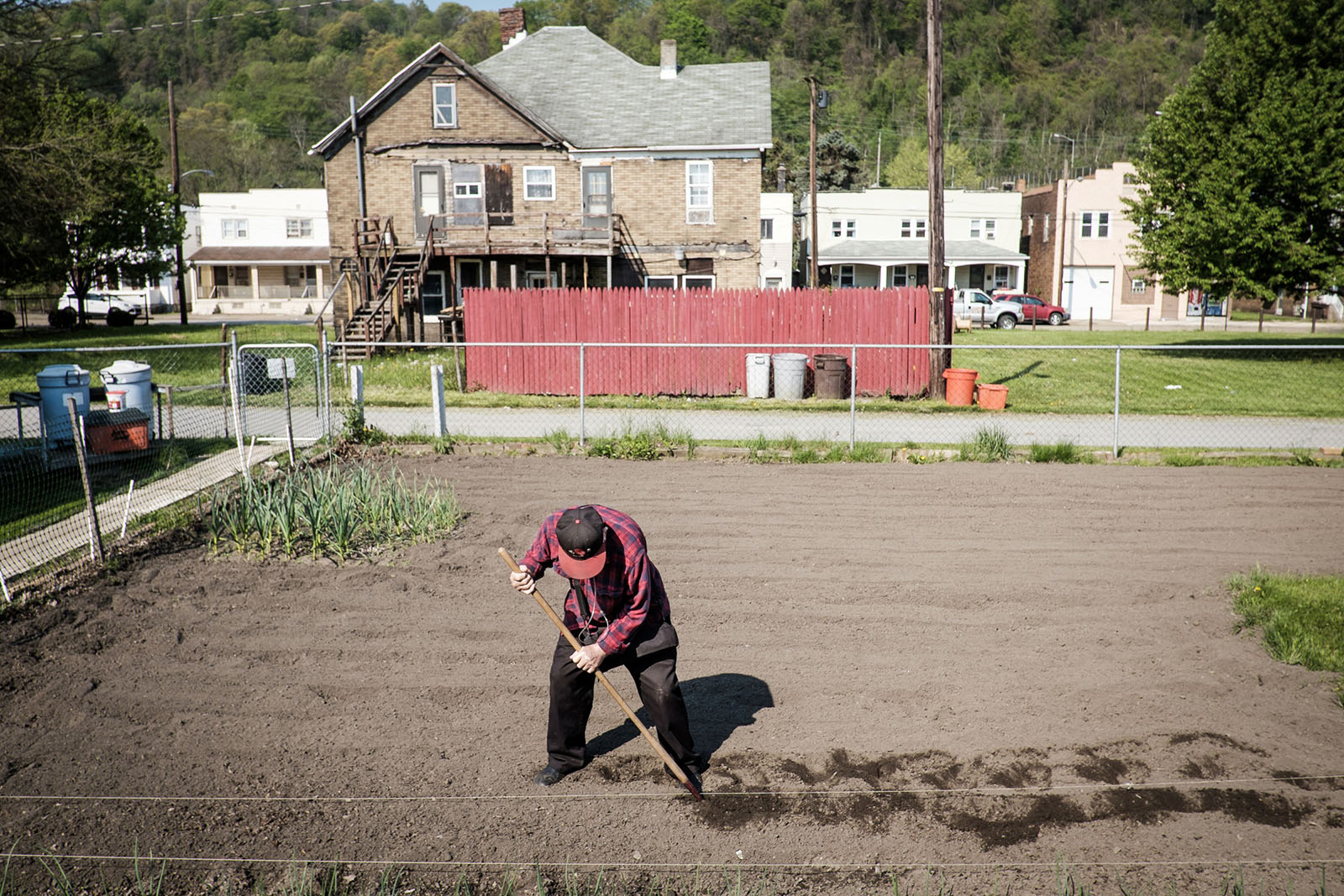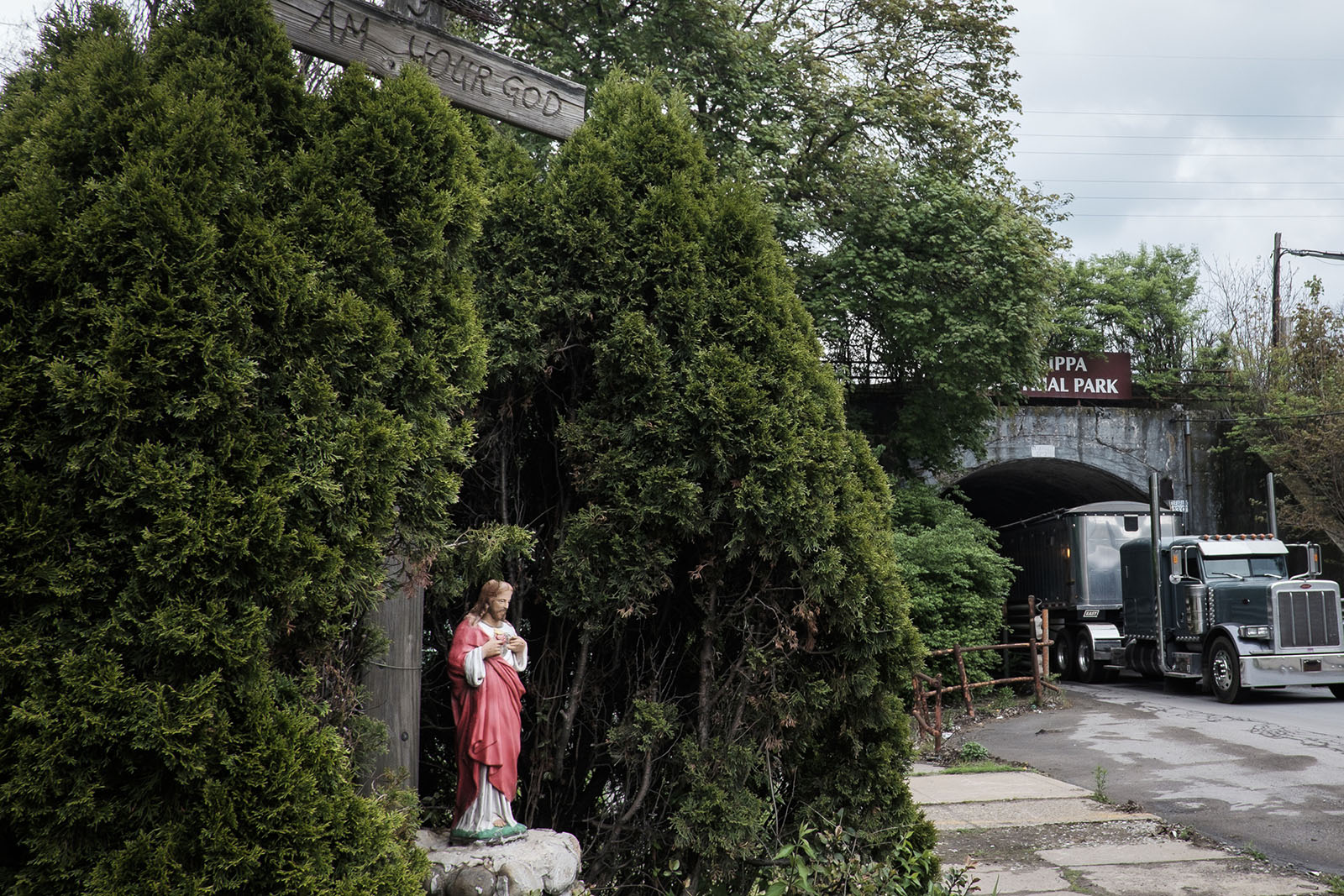
In 1909, Jones and Laughlin Steel Corporation (J&L), which already had a mill on the south side of Pittsburgh, wanted to expand, so it purchased land along the Ohio River near the town of Woodlawn about 25 miles downriver from Pittsburgh. The company expanded the town, building homes and businesses to accommodate the workers of what would become the largest steel mill in the world, stretching for 7 miles along the riverfront.
Renamed Aliquippa in 1928, the town began to thrive, and in the early 1940s, the population swelled to more than 27,000, and as many as 9,000 people were employed at the J&L Aliquippa Works.
The beginning of the economic disaster came in 1984. LTV Corp., which was formed when J&L merged with Republic Steel, closed most of the Aliquippa Works, immediately laying off about 8,000 workers. It was not surprising, since most of the other steel plants in the region had already shuttered or cut operations. But the impact of workers leaving the area to look for work and the skyrocketing unemployment decimated the local economy. It was not long before the tax base followed as LTV Corp. sought and received drastic tax revaluations of its real-estate holdings.
As a result, Aliquippa’s population dropped to 11,734, according to the 2000 census. Today the population hovers just above 9,000.
Some of the old-timers still long for the good old days and talk about how things will be when the mill comes back, but most people realize those days are gone. Most of the storefronts along Franklin Avenue, the city’s main thoroughfare, are still boarded up, and a lot of empty lots remain between the buildings.
Recently, the city attracted United States Gypsum, which built a plant on part of the former J&L site along the Ohio River. While the new company has not replaced jobs on the scale of those that were lost when the J&L closed, it is a beginning. A lot of land remains vacant on the old mill site—along the river and a rail line. It is a prime spot for new industry, such as a car manufacturer.
The residents understand that the city needs to attract more businesses and jobs if Aliquippa is to fully recover. New businesses will raise the tax base and provide funds to rebuild the decaying infrastructure. The people of Aliquippa are strong, resilient, and proud of their heritage. They are doing their best in difficult times and continue to press forward.





























Award-winning photojournalist Pete Marovich is a freelance photographer based in the Washington, D.C., metro area. Pete has been a professional photographer for 30 years, since starting as a staff photographer at a medium-sized daily newspaper in Indiana and as a stringer for the Associated Press. Pete currently contributes to Bloomberg News Photos, McClatchy, The Washington Post,The Washington Times, Getty Images, European PressPhoto Agency, United Press International, NBCnews.com, SIPA Press and other news outlets. His archive is represented by CORBIS. For more information about his ongoing photographic expedition to document the status of old Pennsylvania steel towns along the Allegheny, Monongahela, and Ohio rivers, visit Searching for Dream Street. Or you can view more of his photographic work at his website.
The photographs featured in this essay are part of the project Searching for Dream Street, an ongoing photographic expedition to document the status of the old steel towns along the Allegheny, Monongahela, and Ohio rivers within approximately 40 miles of Pittsburgh, Pennsylvania.
This essay was a finalist for a 2017 Golden Quill Award recognizing excellence in regional journalism.
Storyboard was the award-winning online journal and forum for critical thinking and provocative conversations at Carnegie Museum of Art. From 2014 to 2021, Storyboard published articles, photo essays, interviews, and more, that spoke to a local, national, and international arts readership.